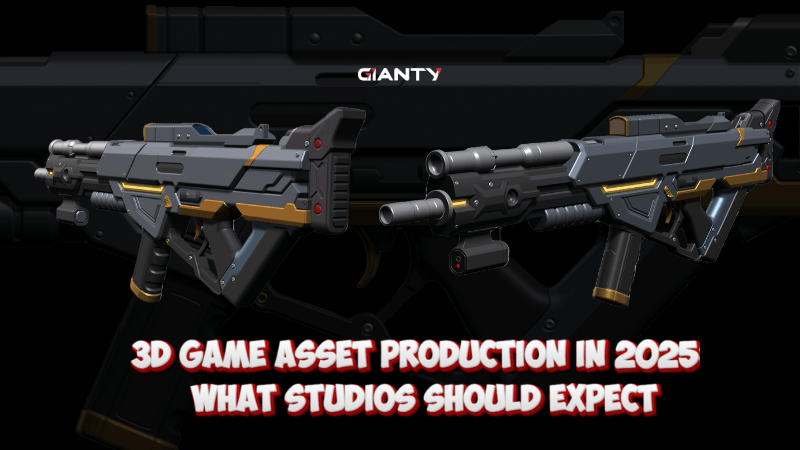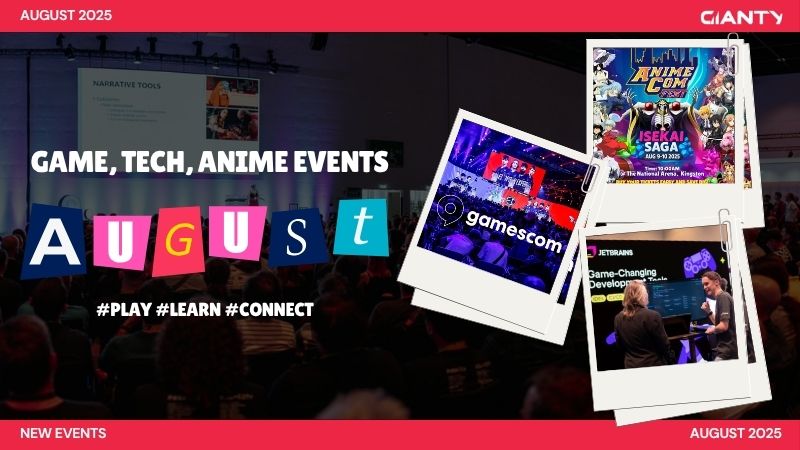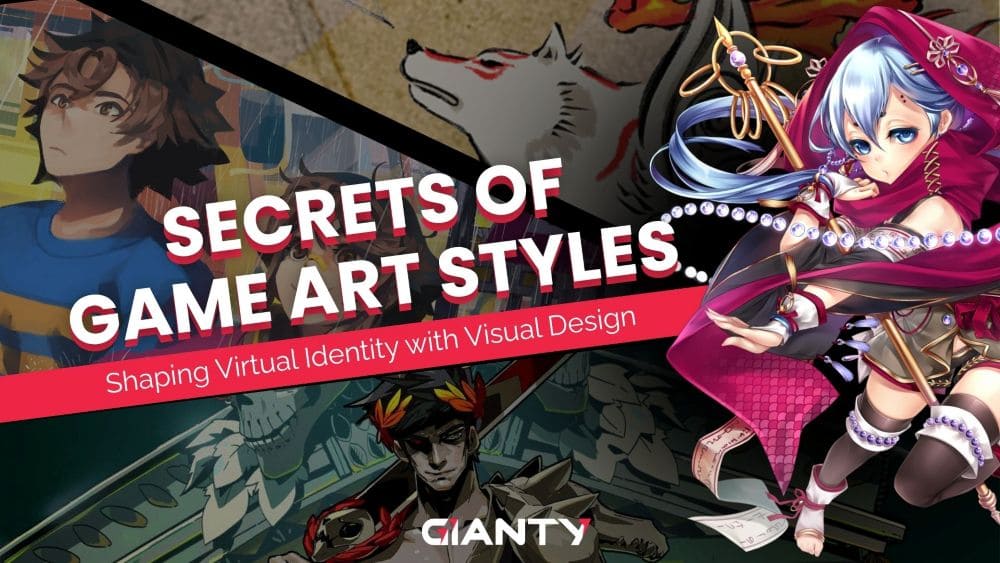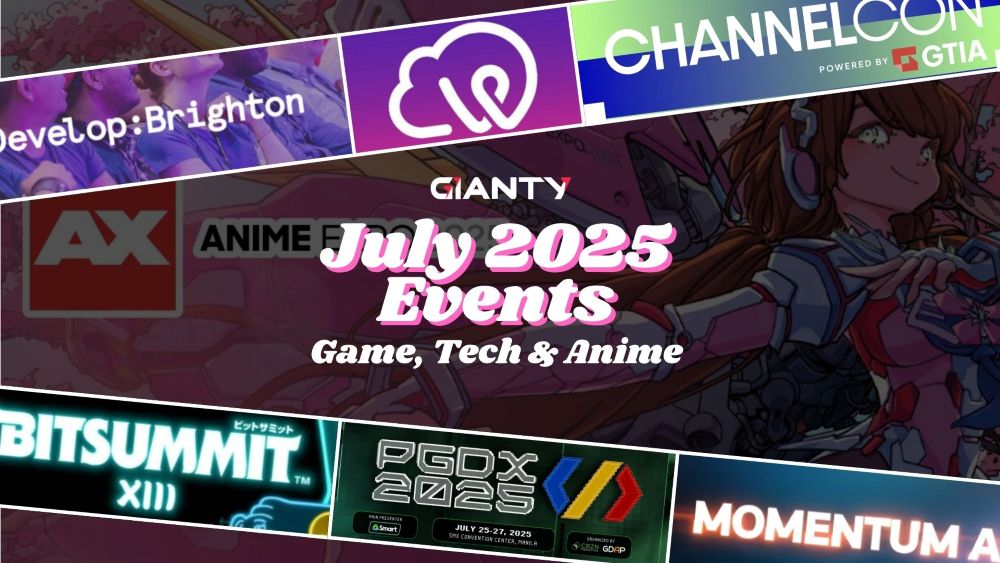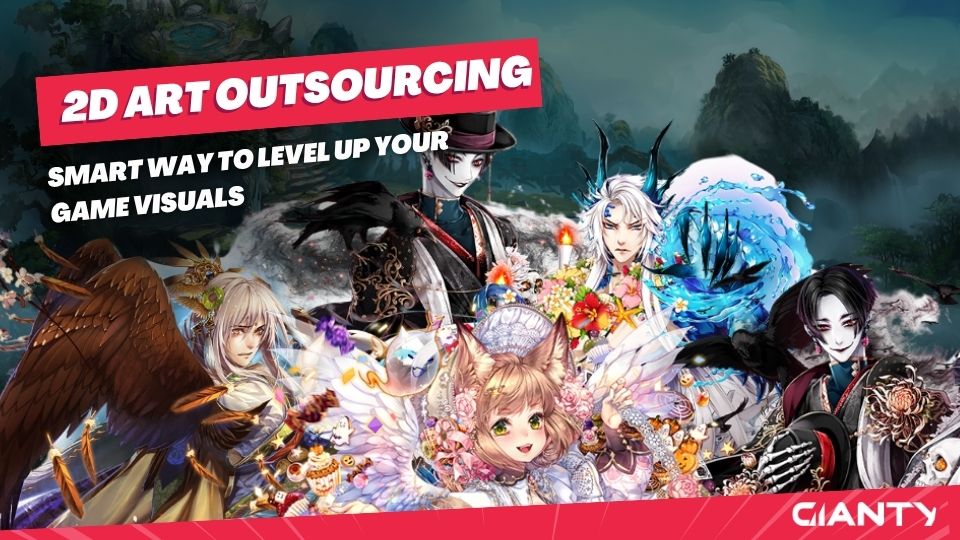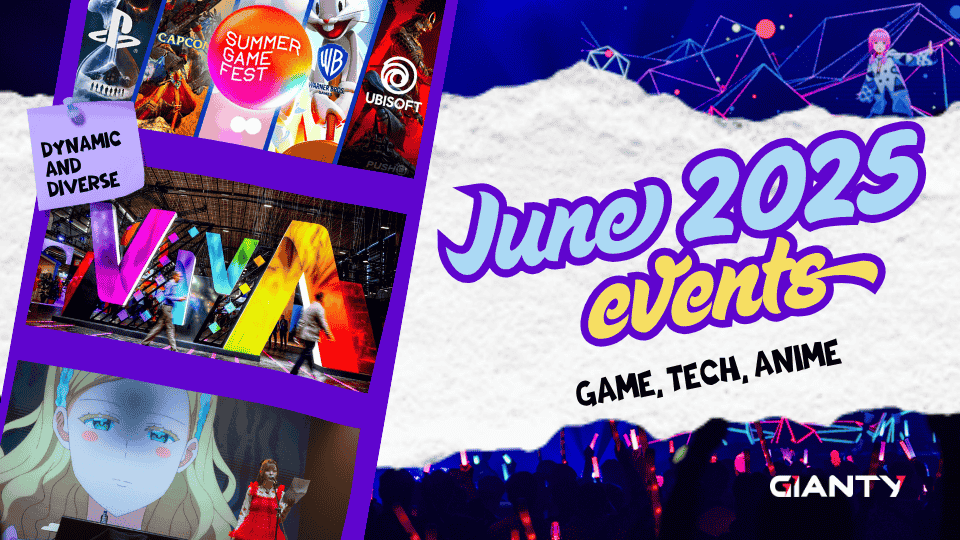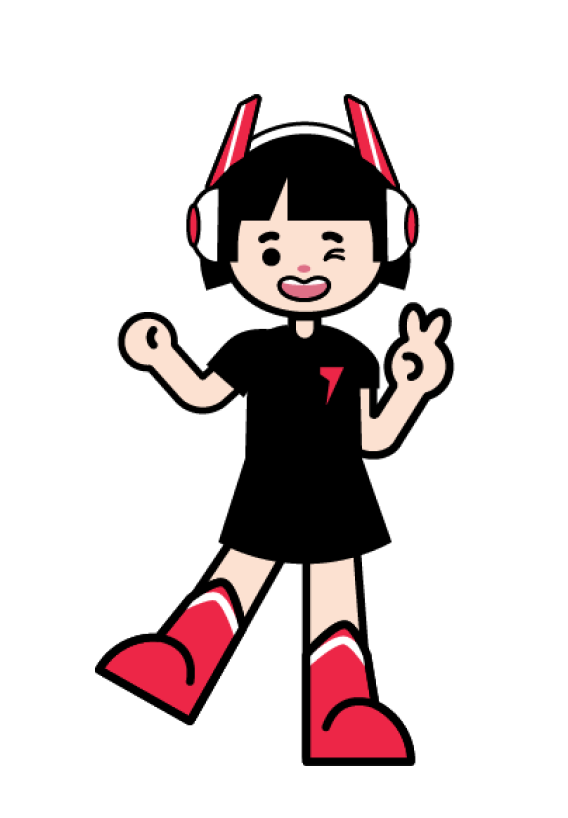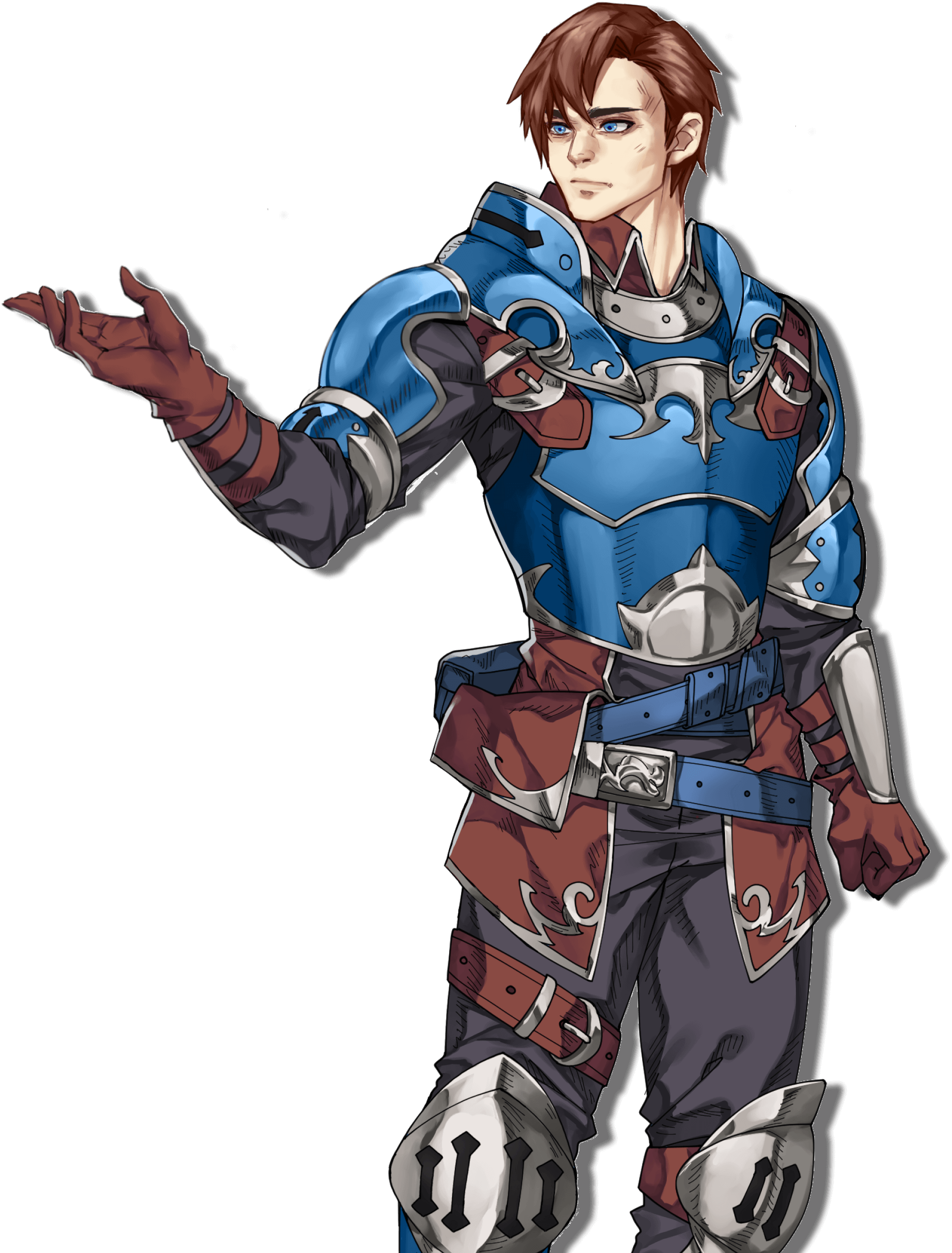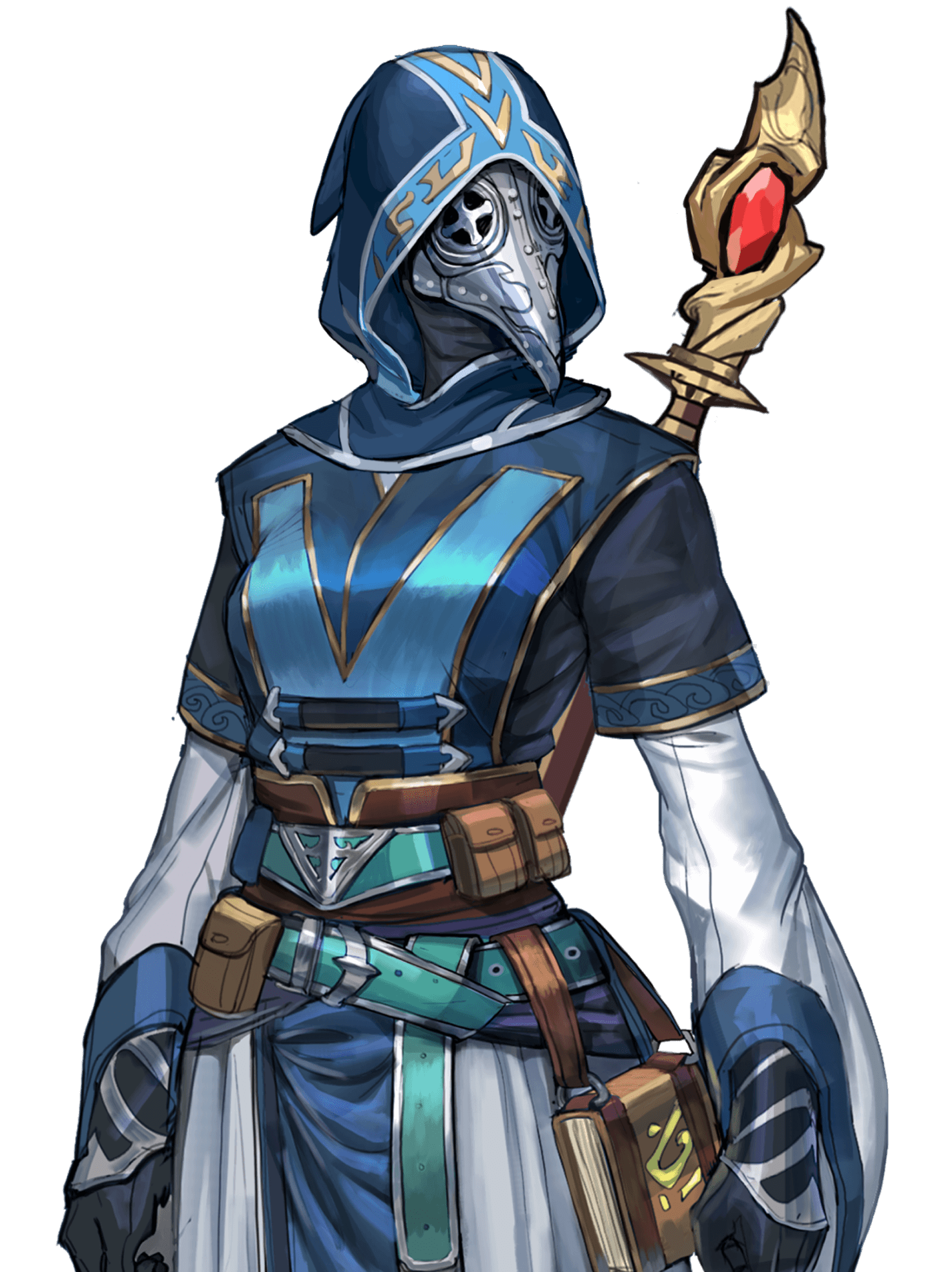While a lot of game projects excel by using 2D art and bringing nostalgia to the modern gaming industry, a majority of modern video games utilize 3D models for their graphical quality, making a solid investment in the right 3D art direction a significant choice. Game studios typically assemble a team to handle 3D art, but often developers seek assistance from outsourcing companies.
Nearly 70% of game developers reported using outsourcing services as their video game support, according to a 2021 survey by the International Game Developers Association (IGDA). 3D art outsourcing is no longer a niche approach – it has become a fundamental strategy of modern game development.
Outsourcing partners provide the option to commission various types of products, including sound, art direction, or even a one-stop shop for game design solutions. For game studios, outsourcing 3D art offers a pathway to optimize resources, enhance quality, and meet tight deadlines, while enabling them to achieve impressive outcomes.
As a trusted partner in global game art production, GIANTY empowers studios to unlock the full potential of 3D outsourcing. Let’s explore how 3D art outsourcing is a game-changer for your next IP.
What is 3D Art Outsourcing?
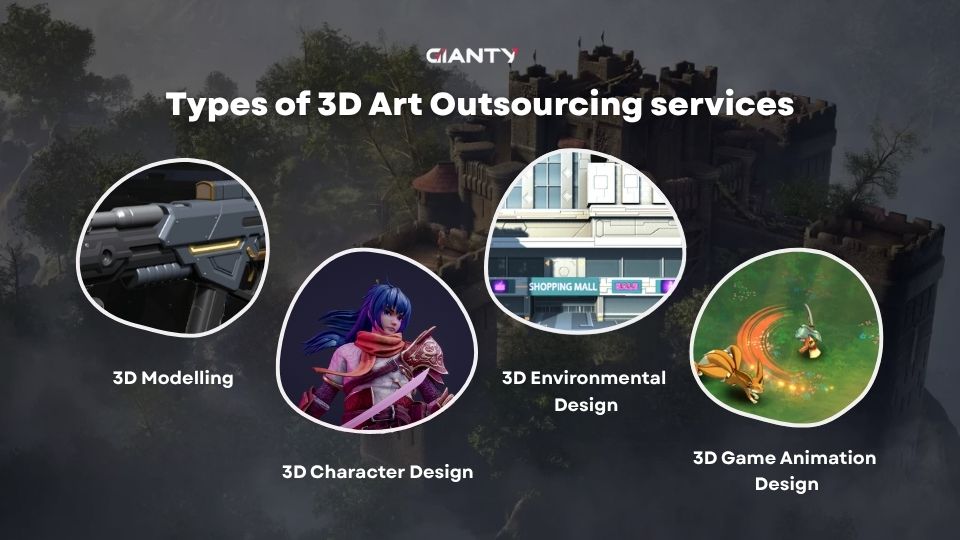
Video game outsourcing companies offer a range of services to deliver customized solutions that cater to a diverse set of artistic and technical needs. One key service is 3D art outsourcing, which involves the creation of 3D assets for game development, including character models, environments, animations, props, and concept art. Beyond gaming, 3D art outsourcing plays a vital role in other industries such as film, virtual reality (VR), augmented reality (AR), advertising, and architectural visualization, where high-quality visuals are essential.
Outsourcing allows studios to access specialized talent at a lower cost without the overhead of in-house teams. For example, a studio might outsource character design to experts skilled in rigging and texturing while focusing internally on gameplay mechanics. This division of labor enhances efficiency and quality, enabling studios to deliver visually stunning games.
3D art outsourcing studios offer a range of services:
3D Modelling
This involves producing assets for any object needed in the game, whether it’s a small machine gun or something more complex like a modern building.
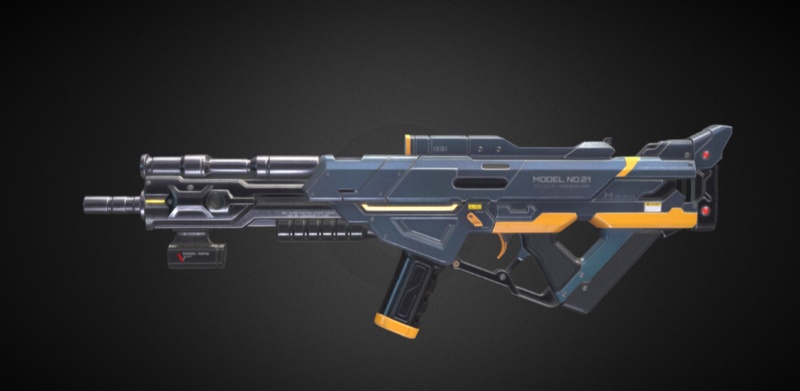
3D Character Design
This method enables artists to create striking, memorable characters that players will have an emotional connection with.
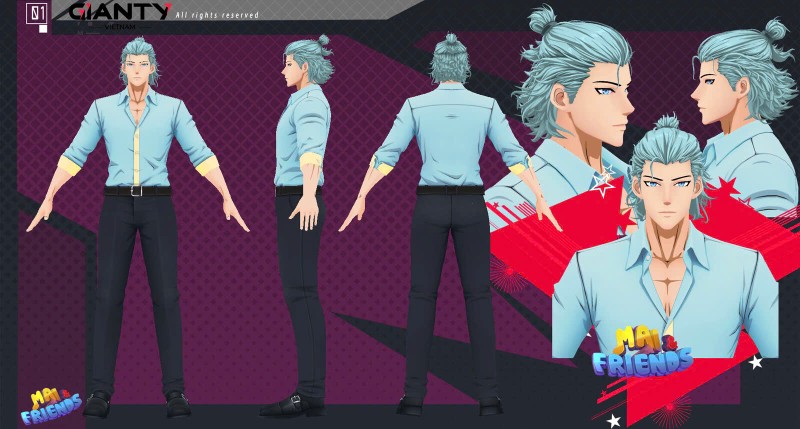
3D Environmental Design
By engaging in this process, a 3D art outsourcing studio crafts unique environments for your game’s levels and maps.
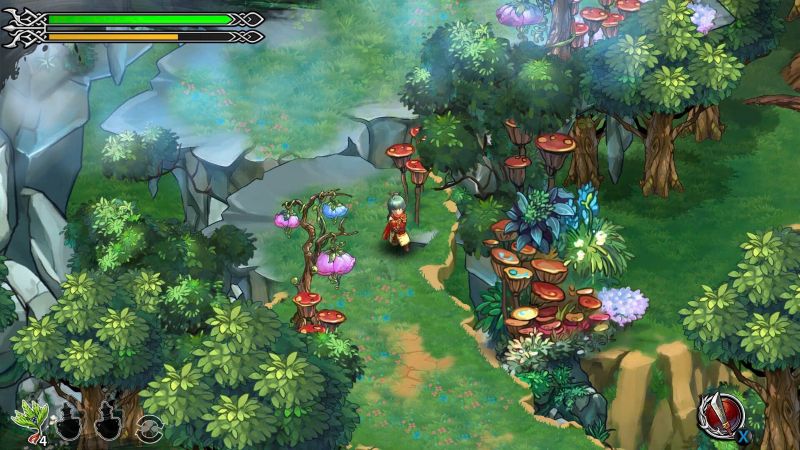
3D Game Animation Design
This task requires artists to create a 3D asset and animate it realistically, which requires significant effort and ability.
Let’s take a few examples.
Renowned games like Borderlands and Back4Blood outsource to external partners like Keywords Studios to craft and transform AAA games’ visuals, including every asset from characters to weapons to background elements.
Meanwhile, Virtuos Games provides 3D character and environment art in Horizon Forbidden West, and is heavily involved in the art production and game development for Star Wars Jedi: Fallen Order.
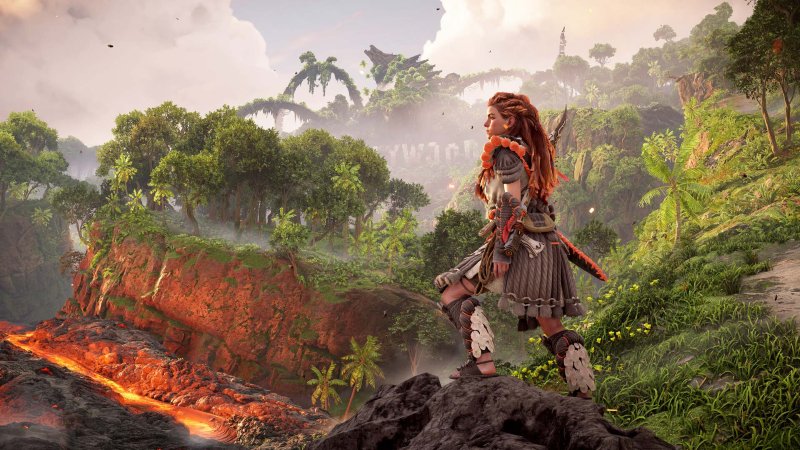
Benefits of 3D Art Outsourcing
Generally, 3D art outsourcing offers compelling advantages for game studios, while addressing key concerns like cost, quality, and scalability:
1. Cost-saving
Building an in-house 3D art team requires substantial investment in salaries, software, and hardware. Outsourcing reduces these costs by allowing studios to pay for specific deliverables while focusing on core competencies. The financial benefits of outsourcing are particularly evident in regions with lower labor costs.
For instance, outsourcing to external partners can reduce labor costs by as much as 70% to 90%. By delivering high-quality assets at a lower cost, outsourcing ultimately maximizes return on investment (ROI).
2. Access to global expertise
Outsourcing connects studios with a global talent pool with flexible skill sets in 3D modeling, texturing, animation, and environmental design. This ensures high-quality assets tailored to your project’s needs.
3. Accelerated production
Parallel workflows enable the simultaneous development of multiple project components. While in-house teams focus on coding or narrative design, outsourced artists create 3D assets, which helps shorten the time to meet tight deadlines.
4. Scalability and flexibility
Outsourcing allows studios to scale teams based on project demands without long-term commitments. This is ideal for managing fluctuating workloads, such as during crunch periods or for indie developers with limited resources.
5. Enhanced focus on core competencies
By outsourcing 3D art, in-house teams can prioritize game design, programming, or marketing. Distributing suitable tasks improves project quality and ensures a refined final product.
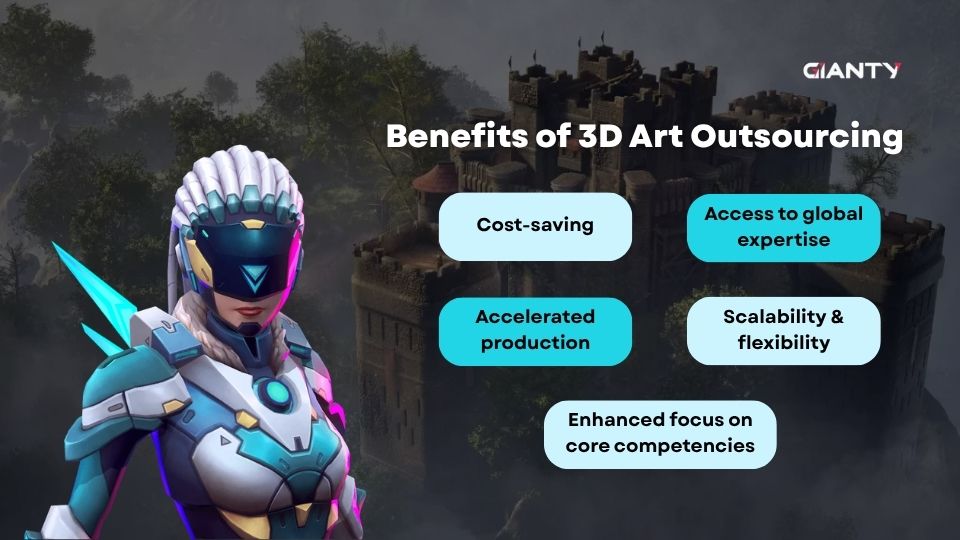
Navigating the Risks and Challenges
Despite the advantages, outsourcing still comes with risks. Let’s explore how to manage them:
1. Quality control
Maintaining consistent quality across outsourced assets is critical. Establish clear style guides, conduct regular reviews, and implement a robust quality assurance (QA) process to ensure assets meet your standards.
2. Communication barriers
Time zone differences and language barriers can disrupt collaboration. Use project management tools like Trello, Asana, or Slack to streamline communication. Schedule regular video calls and provide detailed briefs to align teams.
3. Intellectual Property (IP) protection
Safeguarding your assets is a must. Include non-disclosure agreements (NDAs) and work-for-hire clauses in contracts. Partner with reputable studios with a proven track record of IP protection.
4. Integration challenges
Outsourced assets must integrate seamlessly with in-house work. Provide technical specifications, such as file formats and polycount limits, and maintain feedback loops to ensure compatibility.
5. Cultural differences
International partnerships may involve cultural nuances. Foster a collaborative environment by respecting diverse work styles and building strong relationships.

Step-by-Step Guide to Choosing the Right Outsourcing Partner
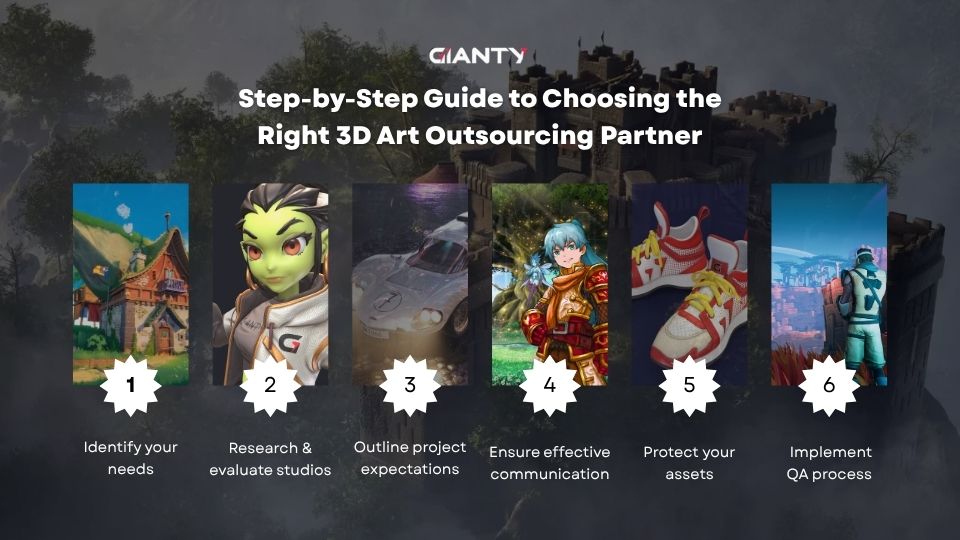
According to the XDS Report 2025, 75% of developers/publishers think that Quality of Work is the most important criterion when choosing external partners. As a result, selecting the right 3D art outsourcing partner is critical for game developers aiming to create high-quality game assets efficiently. By following a structured approach, you can find a reliable partner that aligns with your project’s needs, budget, and timeline.
Check out and follow this six-step framework, inspired by industry best practices, to search for your ideal outsourcing partners:
1. Identify your needs
Before engaging with an outsourcing studio, it is crucial to assess your project’s requirements thoroughly. Consider the following factors:
- Project scope and type: Identify the specific types of 3D art assets you need, their complexity, and the total number required.
- Internal capabilities: Assess your team’s current skills and experience to determine which areas require external support.
- Budget: Establish a realistic budget for outsourcing to ensure you can afford the services you need.
- Quality expectations: Define the level of quality you expect from the outsourced 3D art to align with your project’s standards.
- Timeline: Set a clear deadline for when the 3D art assets must be completed.
For example, a VR game may need high-poly assets, while a mobile game prioritizes optimization. With a thorough understanding of your needs, you can begin researching potential outsourcing studios.
2. Research and evaluate studios
The growing market offers a wide range of 3D art outsourcing companies with different capabilities. To find the best partner for your project, conduct thorough research and evaluate based on the following criteria:
- Portfolio: Review the studio’s portfolio to assess the quality and style of their work on platforms like ArtStation or Behance. Ensure their artistic approach and genre align with your game’s vision.
- Expertise: Verify if the studio has experience in creating the specific types of 3D art assets with the quality your project requires.
- Client Testimonials: Read feedback from past clients to determine the studio’s reliability and service quality.
- Cost: Obtain quotes from multiple studios for comparison. The lowest price may not always represent the best value, as quality and expertise are equally important.
It is advisable to partner with reputable and established 3D art companies. With expertise in 3D modeling, texturing, character and environmental design, animation, and technical art, GIANTY delivers game-ready assets that can enhance your game’s visual appeal and gameplay.
Let’s take our high-quality 3D art in GOKEN – our 2017 action-RPG, for example. With a proven track record supporting both major titles and indie projects, GIANTY is a reliable partner for studios seeking to elevate their 3D art production. Check out our portfolio and contact us to learn more about how we can assist you.
3. Outline project expectations
Once you have identified a few potential outsourcing studios, engage in detailed discussions to clearly communicate your requirements. This ensures the studio fully understands your needs and can deliver accordingly. Provide a detailed brief with clear expectations:
- Detail asset types: Be precise about the specific 3D art assets you need, such as characters, environments, or props.
- Supply reference materials: Provide the studio with comprehensive reference materials to guide their work and align with your vision.
- Define quality standards: Clearly articulate the quality expectations for the 3D art assets to avoid misunderstandings.
- Set feasible deadlines: Establish realistic timelines for the completion of the art assets, considering the studio’s capabilities and your project schedule.
4. Ensure effective communication
Effective communication is vital for the success of your 3D art outsourcing project. Establish clear communication channels like Jira or Discord with the outsourcing studio and schedule regular updates to keep the project on track. Schedule weekly check-ins to track progress and address issues. To ensure smooth communication:
- Provide timely responses: Be prompt in answering the studio’s inquiries and addressing their requests.
- Send regular feedback: Offer constructive feedback on the work in progress to guide the studio and ensure the final product meets your expectations.
- Receptiveness to ideas: Be open to the studio’s suggestions, as they may offer valuable insights that can enhance the project.
5. Protect your assets
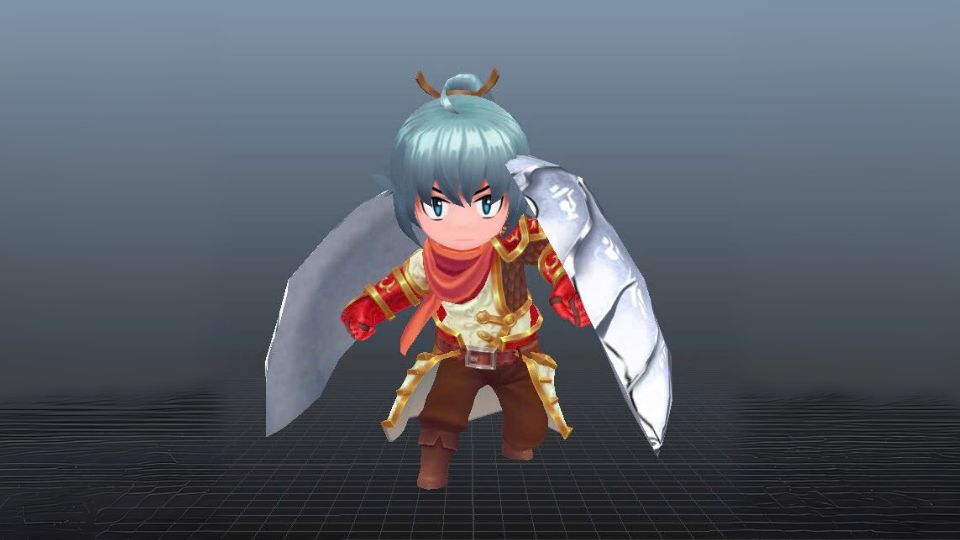
Implement the following measures to safeguard your work:
- Sign Non-Disclosure Agreement (NDA)
- Secure Backups of all your 3D art assets
- Define ownership clauses to ensure your ownership is protected.
6. Implement a quality assurance (QA) process
Implement a QA process to review assets for artistic quality, technical compatibility, and adherence to specifications.
- Set quality benchmarks
- Regularly review and provide feedback on the work as it progresses to address any issues early.
- Assign a specific person or team to oversee the quality assurance process
- Conduct in-game testing to ensure assets function correctly
After all the criteria above, finding the right partner can still feel overwhelming. That’s where GIANTY comes in.
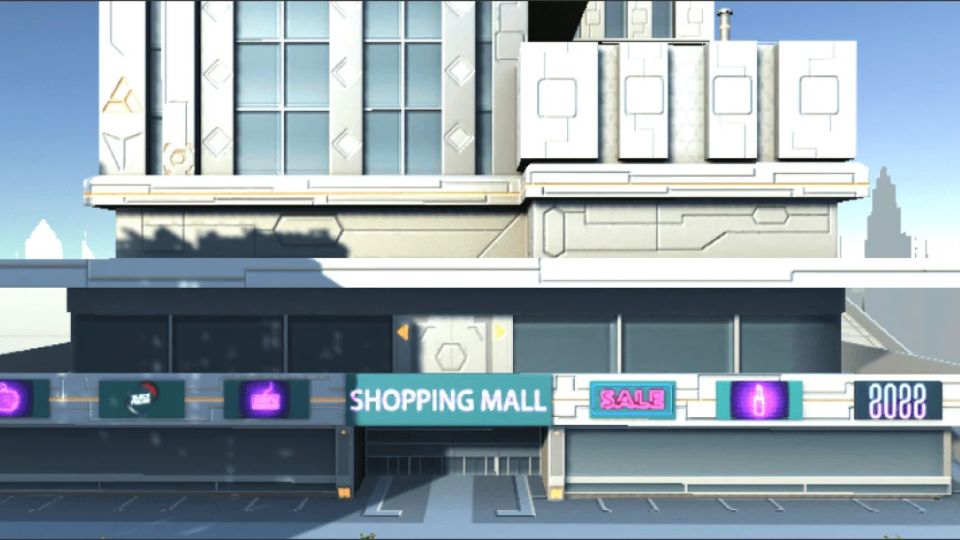
Conclusion
3D art outsourcing is a game-changer for studios, offering cost savings, access to global talent, and scalability. By addressing risks like quality control and IP protection and following a structured approach to partner selection, you can unlock the full potential of outsourcing. Trends like AI, VR/AR, and real-time rendering are reshaping the industry, making 2025 an ideal time to explore 3D art services.
To maximize success when outsourcing, follow the steps above: set clear expectations, use project management tools, maintain regular communication, and implement QA checks. Building collaborative relationships with your outsourcing partner ensures seamless integration and high-quality results.
GIANTY is ready to help you transform your projects with expert 3D art outsourcing. From character design to environmental modeling, our tailored solutions deliver exceptional results. Ready to elevate your game development? Contact GIANTY to create the best Japan-quality 3D art for your next game, tailored to your budget and vision. Let’s chat!
FAQ
1. How long does it take to complete 3D art outsourcing projects?
Timelines depend on asset complexity, quantity, and the studio’s capacity. Simple assets like props may take days, while complex characters or environments can take weeks.
Define clear deadlines in your project brief and discuss the studio’s availability to ensure timely delivery without compromising quality.
2. Do I need to provide concept art, or do outsourcing studios handle it? Are 3D models built from scratch or based on existing ones?
If you have any concept art or reference materials, please share them with the outsourcing studios to accurately realize your vision. If not, no worries— outsourcing studios can create concept art to begin the project.
3D models are usually crafted from scratch for a perfect fit, but if you have existing meshes, the studios can modify them to save time. Just let they know what you’ve got!
3. What game engine will the outsourced project use?
Please specify the engine you are utilizing—Unreal Engine 5, Unity, Godot, or another? The outsourcing studios optimize models for its specific needs, like formats or shaders.
GIANTY’s team is well-versed in all major engines, ensuring that your 3D art outsourcing project is comprehensively delivered.
4. What factors should I consider when estimating the cost of 3D art outsourcing?
Estimating costs when outsourcing 3D art involves evaluating the scope of work, complexity of assets (e.g., characters, environments), and the number of assets required. Other factors include the studio’s expertise, geographic location (affecting rates), and timeline.
For example, detailed assets like high-poly character models cost more than simple props. Request detailed quotes from multiple studios and ensure they align with your quality expectations and deadlines.
5. How much will 3D game art cost for my game?
It depends on factors like complexity, scope, service needs, and other points that your project needs, but here’s a quick rundown on international pricing. For a full 3D art outsourcing project, expect to pay between $5,000 and $50,000. Need specific assets? Characters typically cost $1,000 to $5,000 each, while environments range from $1,500 to $10,000.
Therefore, if you’re curious about the cost of game art, the most effective way to find out is to reach out to us to talk about your project in detail!



